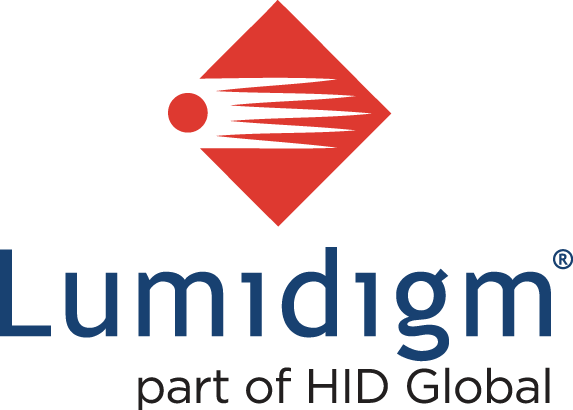 March 13, 2014 – by Peter B. Counter
March 13, 2014 – by Peter B. Counter
Today, Lumidigm (recently acquired by HID Global) announced that it will be deploying its proprietary multispectral imaging technology across 31 new clinics in southern Benin, West Africa. The large deployment is in the company’s continued efforts to provide vaccination tracking in the region through the VaxTrac patient management system. The expansion is being funded by the Bill & Melinda Gates Foundation, and it is going to be saving lives.
The idea is to reduce the amount of wasted vaccine associated with unnecessary inoculations by keeping better track of the mothers and children that traffic the clinics. The current iteration of the VaxTrac system tracks both the fingerprints of the parent bringing the child and the little one receiving the vaccine. According to Lumidigm, a preliminary assessment of the use of biometrics in this manner sees a 10 percent increase in returning parents, bringing other, unvaccinated children to become enrolled and tracked.
“The new expansion is really exciting,” says Meredith Baker, project manager with VaxTrac. “It’s amazing to work with our Benin staff to grow what started as just a notebook and a fingerprint scanner into a vast network of highly trained health workers who are engaged with our project every day and are proud to say that they have a VaxTrac system at their clinic.”
There are three factors at work here that are making VaxTrac, and biometric patient tracking in general, a healthy success. The first is accessibility. All clinicians are being thoroughly trained in the proper use of the tracking system, which in addition to leveraging Lumidigm’s well suited and versatile fingerprint biometrics also includes a customizable dashboard.
The second factor is one of communication. Biometrics are a universal language, and can be used effectively in patient tracking regardless of language disparity or literacy considerations. This is especially important when dealing with the vaccination of children and infants who obviously can’t keep track of themselves in the vaccination database.
Finally, the driving force behind the regional popularity of this kind of solution is the most novel: it’s the coolness factor. Working with biometric technology on a daily basis, it’s an easy aspect to forget, but to the overwhelming majority of the public, this is still the technology of movies, TV and science fiction.
“The women are always asking for their baby’s fingerprints to be taken,” explains Aplogan Nicephore Ange-Guy, a vaccinator in Allada, Benin. “There is a growing demand for it. They say to me, ‘Take my child’s fingerprint.’ They think it’s cool.”
At the heart of this is a versatile solution that can function well in the nonideal conditions of everyday. Multispectral fingerprint technology allows for the subsurface of a fingerprint to be scanned in addition to the primary layer of skin on top. This means that dirt, moisture and even scarring won’t get in the way of keeping track of who has been vaccinated and who hasin in southern Benin.
Lumidigm will be in attendance of next week’s connect:ID conference and exhibition in Washington D.C. from March 17 to 19 at booth 201. Those wanting to hear more about how biometrics is saving lives in West Africa will be able to hear Mark Thomas, executive director of VaxTrac speak on the subject and give a demonstration of the technology.


Follow Us